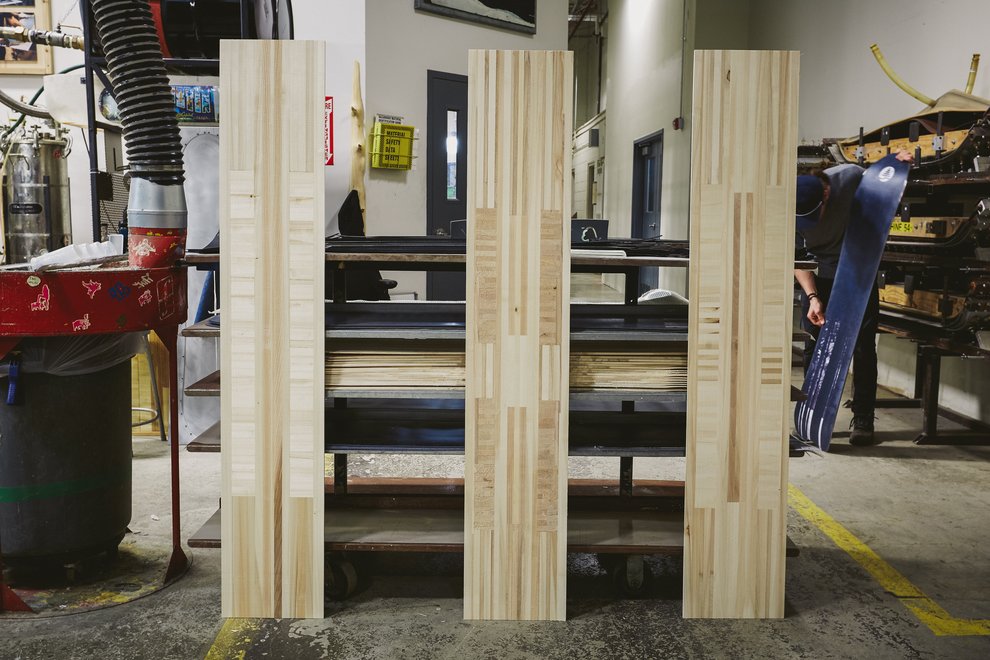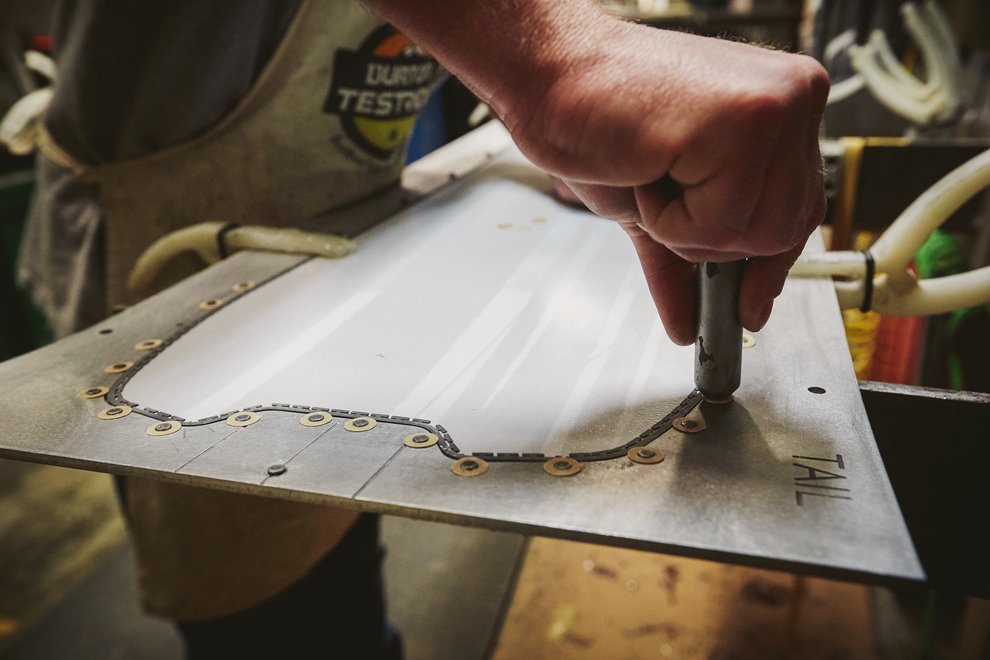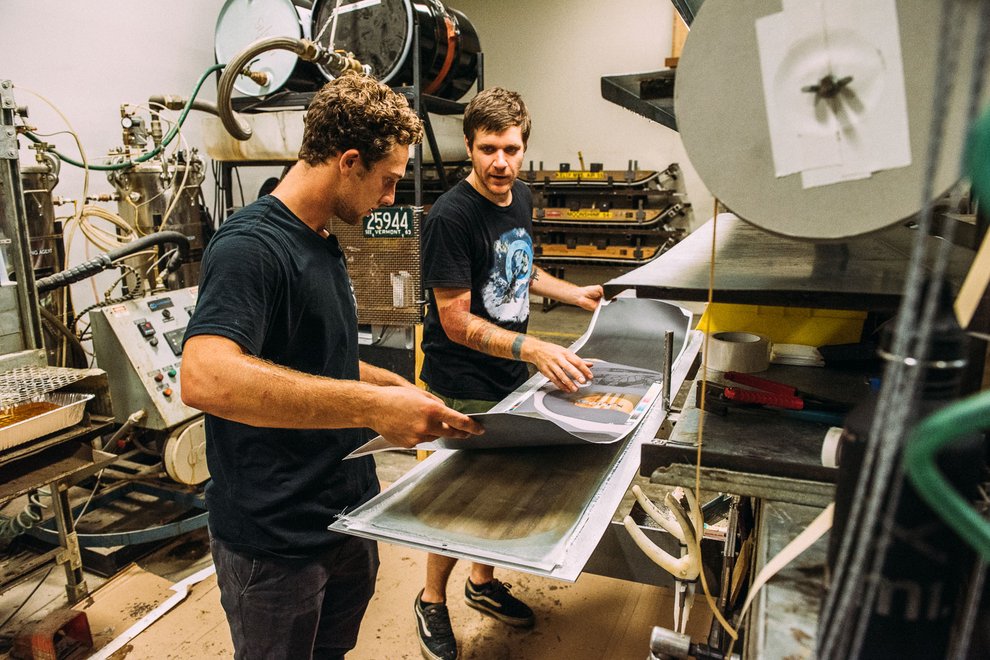The Art and Science of Modern Snowboard Manufacturing
***This page/post may contain affiliate links. Please read our About Us page for more information.***
The snowboard, a marvel of winter sports technology, has evolved dramatically from its humble origins. Today, it represents a fusion of art, science, and engineering, catering to a wide range of riding styles and preferences. This article, The Art and Science of Modern Snowboard Manufacturing, delves into the meticulous process of modern snowboard manufacturing, highlighting how different brands tailor their approaches, the pros and cons of various methods, and unique points of interest that make each board special. Understanding the craftsmanship behind snowboards can enhance appreciation for these sophisticated pieces of equipment and inform purchasing decisions.

Credit: https://www.burton.com/
Read about Ski and Snowboard products for your next trip here: https://www.everysnowday.co.uk/products/
The Basics of Snowboard Construction
Core Materials and Design
At the heart of every snowboard is its core, typically made from wood or a composite mix. The choice of material affects the board’s flexibility, weight, and durability. Popular woods include poplar for its resilience and lightweight properties, and bamboo for its eco-friendliness and strength. Some manufacturers integrate materials like carbon fiber or aluminum to adjust the board’s flex pattern and torsional stiffness.
Laminates and Sidewalls
Above and below the core, manufacturers apply layers of fiberglass or carbon fiber laminates. These layers dictate the board’s rigidity and response to snow conditions. Sidewalls, usually made from ABS plastic, run along the board’s edges, offering protection and influencing how the board transfers energy during turns.
Base and Edges
The base of a snowboard, typically made from polyethylene, comes in two varieties: extruded and sintered. Extruded bases are easier to repair and maintain, while sintered bases are faster and more durable, absorbing wax better. Steel edges encase the board’s perimeter, providing grip on icy surfaces.
The Manufacturing Process

Credit: https://www.burton.com/
Step 1: Design and Prototyping
Designing a snowboard involves sophisticated computer software to model dimensions, flex patterns, and graphic designs. Prototypes are essential for testing these designs in real-world conditions, allowing for adjustments before mass production.
Step 2: Core Shaping and Preparation
Once the design is finalized, the core material is cut to shape and profiled according to the desired flex and thickness. Holes for bindings are drilled at this stage.
Step 3: Layering and Pressing
The core is then layered with the selected laminates, sidewalls, and the base. Graphics are applied either directly to the top layer or through a sublimation process for durability. The entire assembly is placed in a press, where heat and pressure bond the layers together.

Credit: https://www.burton.com/
Step 4: CNC Machining and Finishing
After pressing, the board is CNC machined to refine its shape and edges. The final steps include finishing the base, sharpening the edges, and applying a final wax coat.
Differences Among Manufacturers
Customization and Innovation
While the basic process remains consistent, manufacturers distinguish themselves through innovation in materials, design, and customization options. Brands like Burton and Lib Tech are known for their proprietary technologies, such as Burton’s Flying V rocker profile and Lib Tech’s Magne-Traction edges, which offer enhanced control and performance in varied conditions.
Eco-Friendly Practices
Sustainability is increasingly important, with brands like Arbor and Jones Snowboards leading the way in using recycled materials and sustainable wood cores. This commitment not only appeals to environmentally conscious riders but also contributes to the durability and performance of their boards.
Pros and Cons of Different Manufacturing Techniques
Traditional vs. Automated Processes
Traditional, hands-on manufacturing allows for greater quality control and customization but can be more time-consuming and costly. Automated processes offer efficiency and consistency but may limit customization options and nuanced adjustments.
Material Choices
The choice of core materials, laminates, and base types offers a trade-off between performance, durability, and price. For example, carbon-infused boards are lightweight and responsive but can be more expensive and less forgiving for beginners.
Unique Points of Interest
Artist Collaborations
Many brands collaborate with artists to create unique, eye-catching graphics that appeal to riders’ personal styles. These collaborations support the art community and add a unique aesthetic to the snowboarding world.
Adaptive Snowboarding Gear
Innovation extends to adaptive snowboarding gear, enabling athletes with physical disabilities to enjoy the sport. This includes specialized bindings and boards designed to accommodate various needs.
Conclusion
The manufacturing of modern snowboards is a sophisticated process that blends traditional craftsmanship with cutting-edge technology. From the choice of core materials to the final finishing touches, each step is carefully executed to produce boards that meet a wide range of riding styles and preferences. By understanding the effort and innovation behind snowboard manufacturing, riders can make informed choices and appreciate the performance and artistry of their gear on a deeper level. Whether you’re a beginner or a seasoned pro, the right snowboard can transform your winter sports experience, offering a perfect balance of speed, control, and responsiveness to conquer the slopes. We hope you enjoyed reading the article The Art and Science of Modern Snowboard Manufacturing, and now appreciate the effort that goes into by the manufacturers. Maybe send them some love and thanks!
See Travel Reviews here: https://www.everysnowday.co.uk/travel-reviews
Listen to the Board Talkers Podcast: The Mental Side of Snowboarding and Sports: Listen Now


